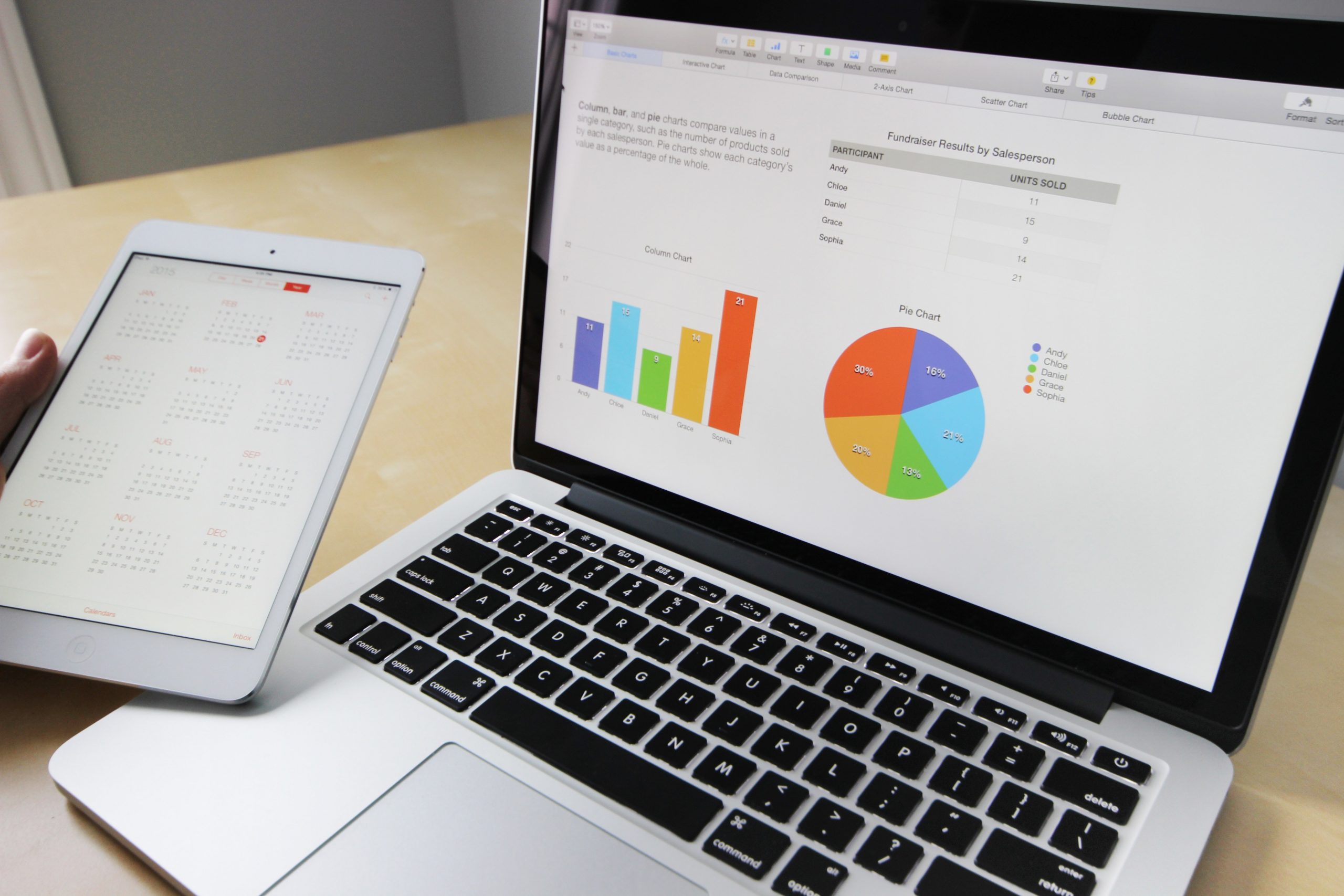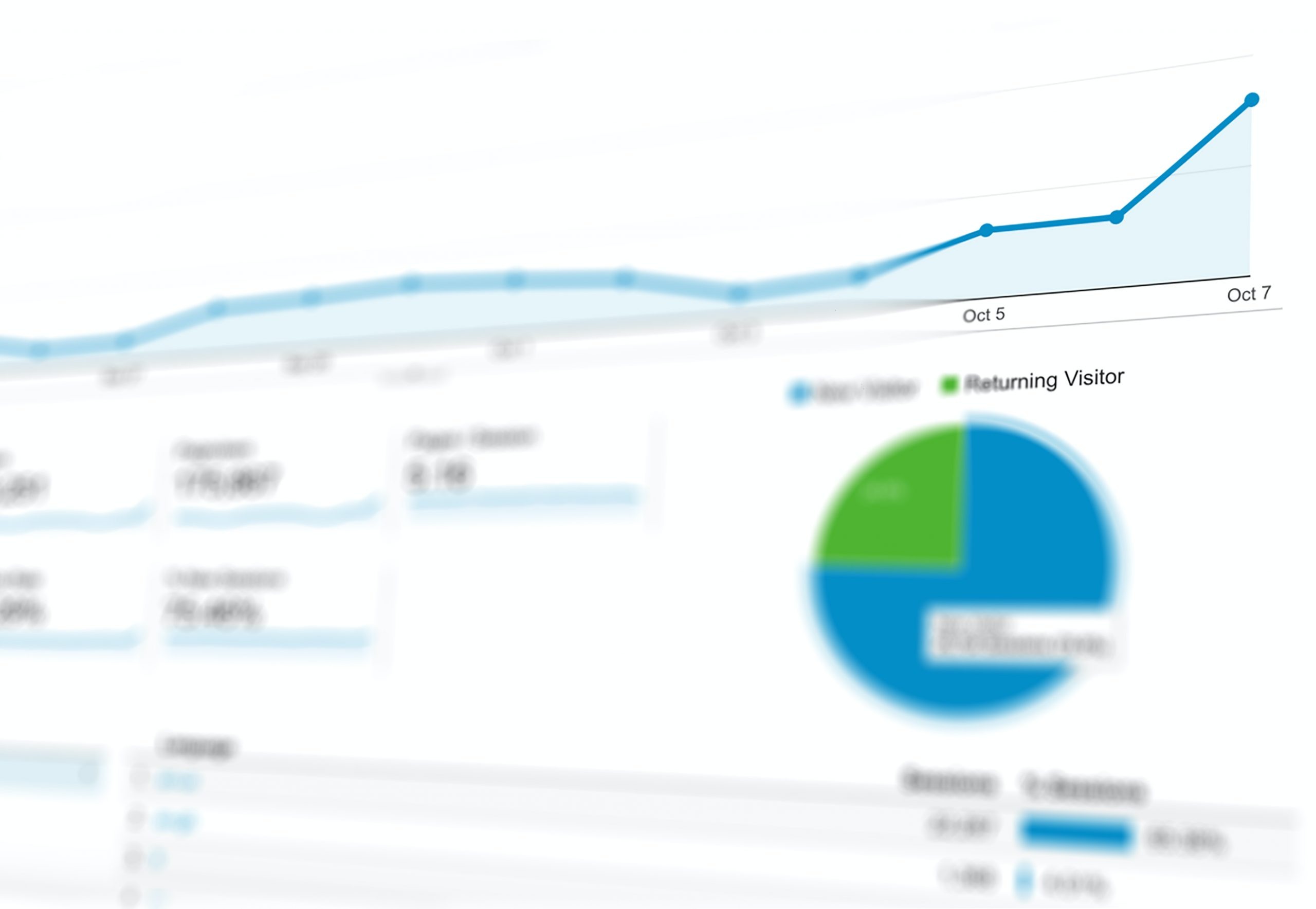
According to CRM.org, “[a] CRM gathers customer interactions across all channels in one place. Managing centralised data helps businesses improve customer experience, satisfaction, retention, and service.”
Definitions serve a purpose, but without really breaking it down and understanding what CRMs actually do within the scope of your business, they don’t make it clear whether or not you’d actually benefit from a CRM.
In this article, we’re going to summarise not only the core functionalities of a CRM, but how different types of businesses use them for their unique purposes.
Hopefully it not only gives you a better understanding of CRMs, but you’re able to visualise exactly how you could use one in your organisation.
A Customer Relationship Management System, or CRM, provides a single repository for information about customers and potential customers. The data within this system is shared information for sales, customer service, and decision-makers. It’s the glue that binds together sales operations and helps your business grow by providing targeted information about accounts and customer trends.
If your CRM doesn’t enable your organisation, your next question should be, why not?
With the right CRM system, every service request, question, and customer preference becomes business intelligence that helps you anticipate that client’s needs. That way, the next time a representative interacts with the client, they can personalise the conversation and put them at ease.
Comprehensive CRMs track presentation history as well as emails and phone calls between your company and the customer. Successful CRM systems should allow notes to help the sales team schedule follow-ups or let other users know the outcome of a sales call or visit. This ensures that no opportunity passes by without an effort to close the deal.
When your sales force understands the customer, they can do a better job cross-selling and upselling to increase your sales per transaction and win repeat business.
There are three main types of Customer Relationship Management systems aligning with three essential business functions: analytical, operational, and collaborative.
These systems focus on tracking huge amounts of data so businesses can gain insights into customer retention and win new customers. These programs monitor numerous processes, including retention, acquisition, and information about current and former customers.
Acquisition data reveals how sales reps successfully convert leads, and retention data shows what methods worked in keeping valued customers from defecting to the competition. Important details about the customer include their contact details and any information that describes your company’s relationship with the customer.
The primary function of an analytical CRM is meaningful reporting on customer patterns and behavior. This can help decision-makers react directly to customer needs and wants.
These systems deal with basic operations, concentrating on sales and client service. Built-in automation can take over repetitive tasks, such as contacting new users or sending coupons to encourage customers to make additional purchases. Predictive CRMs can direct users based on the action taken to help reduce abandonment rates.
Operational CRMs automate other types of information requests via the user’s preferred form of communication. This frees up time for your sales team to concentrate on business development.
These customer relationship management systems laser in on customer experience (CX). Collaborative CRMs hold crucial information about each customer’s wants and needs. In lieu of holding meetings or writing emails, the sales representative or customer service specialist can update the notes on any given customer. This allows anyone interacting with the client to get the latest status and information from any device whenever they need it.
Whoever communicates with the customer next has access to all available information. This prevents the customer from becoming annoyed by repeating themselves, and it ensures that employees will not be working off outdated or incomplete information.

Companies such as SugarCRM offer enterprise-scale solutions that cater to the size and needs of your business. For large organisations, this includes on-premise, enterprise-level CRMs that integrate with existing technologies.
With Sugar Enterprise, you will have access to maximum customisation so that you retain transparency and control over your technology stack, allowing you to create the best experience for your customers. Because a large organisation has specialised needs, Sugar allows you to tailor the CRM to your industry and business organisation.
With Sugar Enterprise powering your CRM, you can deploy an on-premise solution that gives you complete control, thus eliminating the need to work around internal data and privacy policies that can sometimes make it impossible to introduce cloud hosting.
The benefits Sugar CRM offers for your enterprise include the following:
Small businesses have their own needs and concerns that differ from larger organisations. Along with cloud solutions, Sugar offers on-premise deployment options for small and medium-sized businesses (SMBs).
Develop the CRM that fits your company and customise your system as often as needed. At the same time, you can increase productivity by automating repetitive tasks.
With Sugar Professional, you can optimise in the following ways:
An effective CRM also provides automation of repetitive tasks across your sales, marketing, and customer service operations.
With an effective CRM system, your sales force can quickly identify opportunities to expand your customer base. Choose a CRM that allows your team to seamlessly manage accounts, contacts, and prospects. In addition, having a centralised location for all your data allows sales directors to provide up-to-the-minute forecasts across products and territories.
With mobile capabilities, your sales staff can stay connected via laptop as well as Android and Apple devices.
A CRM system can provide insights that improve lead generation efforts by giving marketing professionals the ability to track and manage prospects more effectively. In providing marketers visibility to various channels, the right CRM can make it easier to launch effective initiatives. Consequently, your company will see better response rates while your cost per lead goes down.
A CRM system can be leveraged to improve operations across your help desk, call center, and customer service teams. Track when issues and inquiries come in and accurately report the turnaround time to a resolution.
In this way, cost centers can be turned into opportunities to upsell and cross-sell products or services. Additionally, you can automate some tasks in dispatching, scheduling, and related processes to streamline workflows.
There are a number of factors to consider before settling on a CRM system for your small, midsize, or large organisation. In any organisation, CRM provides economies of scale by automating customer service. So, before you implement a Customer Relationship Management tool, determine your goals first.
Documenting your business requirements allows you to determine whether you need a CRM that operates as a complete management tool or one that is more focused on specialised solutions. For example, you can use your CRM to target automation in a single department such as marketing, customer service, or sales.
Other factors to consider before implementing a CRM include the following:
To summarise, CRMs totally streamline your workday. With their ability to offer no-touch information management, life becomes a little easier for everyone in your organisation, from service to sales and marketing.